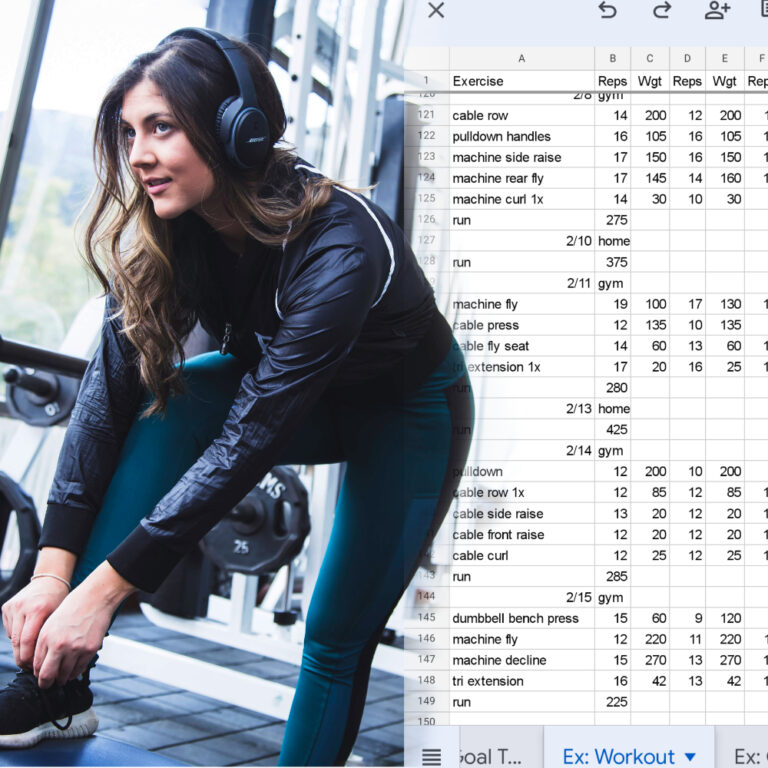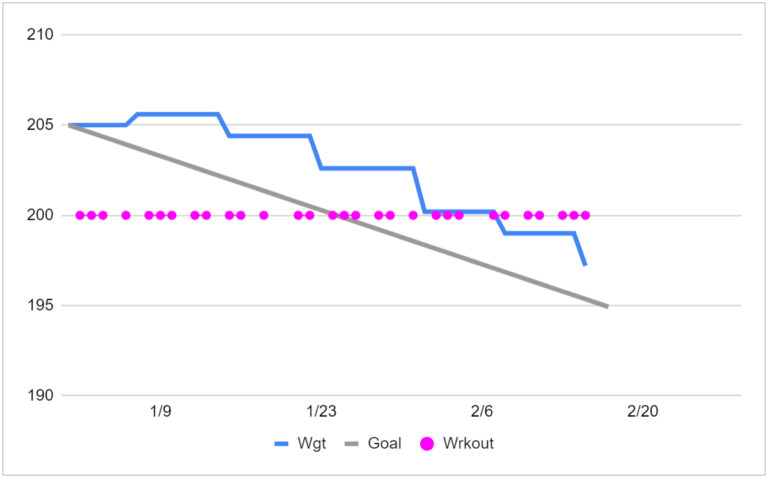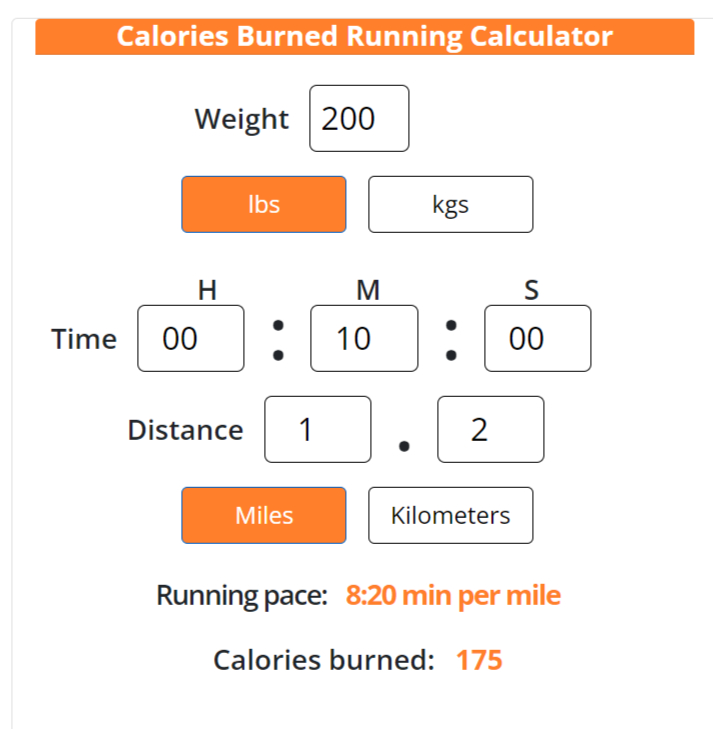
11 Great Ways to Increase Demand Through Consumption
Consumption-driven demand Often times when we think about demand and

It’s February, and the appeal of the New Year’s resolution to improve your fitness and work on your health has lost a bit of its luster. As this occurs, it’s difficult to regain momentum and then maintain it throughout the year. I’m going to share a few tips for how I’ve been successful at keeping fitness a priority, including how to use Google Sheets to help stay motivated about your fitness. This is personal advice, and am obliged to say that you should consult a physician before beginning an exercise or diet regimen.
We all know the importance of setting goals, but here are a few pieces of advice:
Years ago, I would check-in at the YMCA and proceed to the filing cabinet to get my workout card. In college, members of our lacrosse team had booklets to track our workouts which we would then hand over to our strength and conditioning coaches. Over the last several years, I’ve begun to use Google Sheets to help track my workouts and stay motivated.
Nearly everyone at the gym has their phone out between sets, but I wonder how many of them are utilizing their phones to track their fitness progress. Google Sheets has become much easier to use on mobile devices, and those improvements have made it simple for me to track my workouts and progress toward my fitness goals. Here’s what I do.
I have 2 sheets within the same Google Sheets file:
The first sheet has six columns. Of those, I only regularly input information into the three that are highlighted in yellow (Screenshot 1). This sheet also includes a chart that visualizes the data (Screenshot 2).
Column A: Date
Column B: Wgt (current weight) – I don’t weigh myself daily so I will fill in the missing days using my most recent weight.
Column C: Goal (goal weight) – If I’m attempting to attain a goal weight, I will place it in this column.
Column D: Wrkout (workout) – In this column I place a numerical value that is used for the formulas in columns “E” and “F”. I use a number that is around my typical weight so that the data points will be visible in the accompanying chart for these data as shown in Screenshot 2.
Column E: MTD (month to date) – This column calculates the percentage of days that I have exercised in the month.
Column F: YTD (year to date) – This column calculates the percentage of days that I have exercised in the year.
Screenshot 2

The chart uses the dates in column “A” as the X-axis and it displays the data from columns “B”, “C”, and “D”. This allows me to quickly see my weight vs. my goal weight as well as see how often I have been exercising. For me, it’s been interesting to see the correlation between my weight and the frequency of my workouts.
Each time I workout I record my exercises. This allows me to track my progress over time to see how I’ve increased my strength and endurance. It also helps me avoid doing the same exercises too frequently.
Screenshot 3
To explain the sheet we’ll look at rows 129–134. In row 129, I capture the date and location of my workout. In rows 130–134, I capture the various exercises and the number of reps and the weight used for each set. For instance, in row 131 the exercise I completed was the cable press, and in my first set, I did 12 reps of 135 pounds, columns “B” and “C” respectively. Columns “D” and “E” are set two, columns “F” and “G” are set three, and so forth. And in case you’re wondering, the number next to “run” is the number of calories burned.
While this article shares how to use Google Sheets to help stay motivated about your fitness, it’s just as, or more important to be conscious of your diet. A single serving of three Oreo cookies contains 160 calories. These are the cookies that can be inhaled with almost a single bite each. To offset those calories, it would require someone like me to run for about 10 minutes.

Source: https://caloriesburnedhq.com/calories-burned-running/
As previously noted, this article is based on personal experience and is meant to provide some ideas to help maintain a healthy lifestyle. My interest in this topic stems from heavy involvement in athletics throughout my life. In high school I lettered in three varsity sports and in college I played lacrosse at the Division I level. More recently I had the opportunity to spend some time in my career working for the National Academy of Sports Medicine.
Cover photo: Photo by juan pablo rodriguez on Unsplash

Consumption-driven demand Often times when we think about demand and

I recently took the opportunity to reread the book The

Effective marketing communication needs to garner the attention of the
The comprehensive marketing certification built by and for business professionals.
One Response
Thanks.